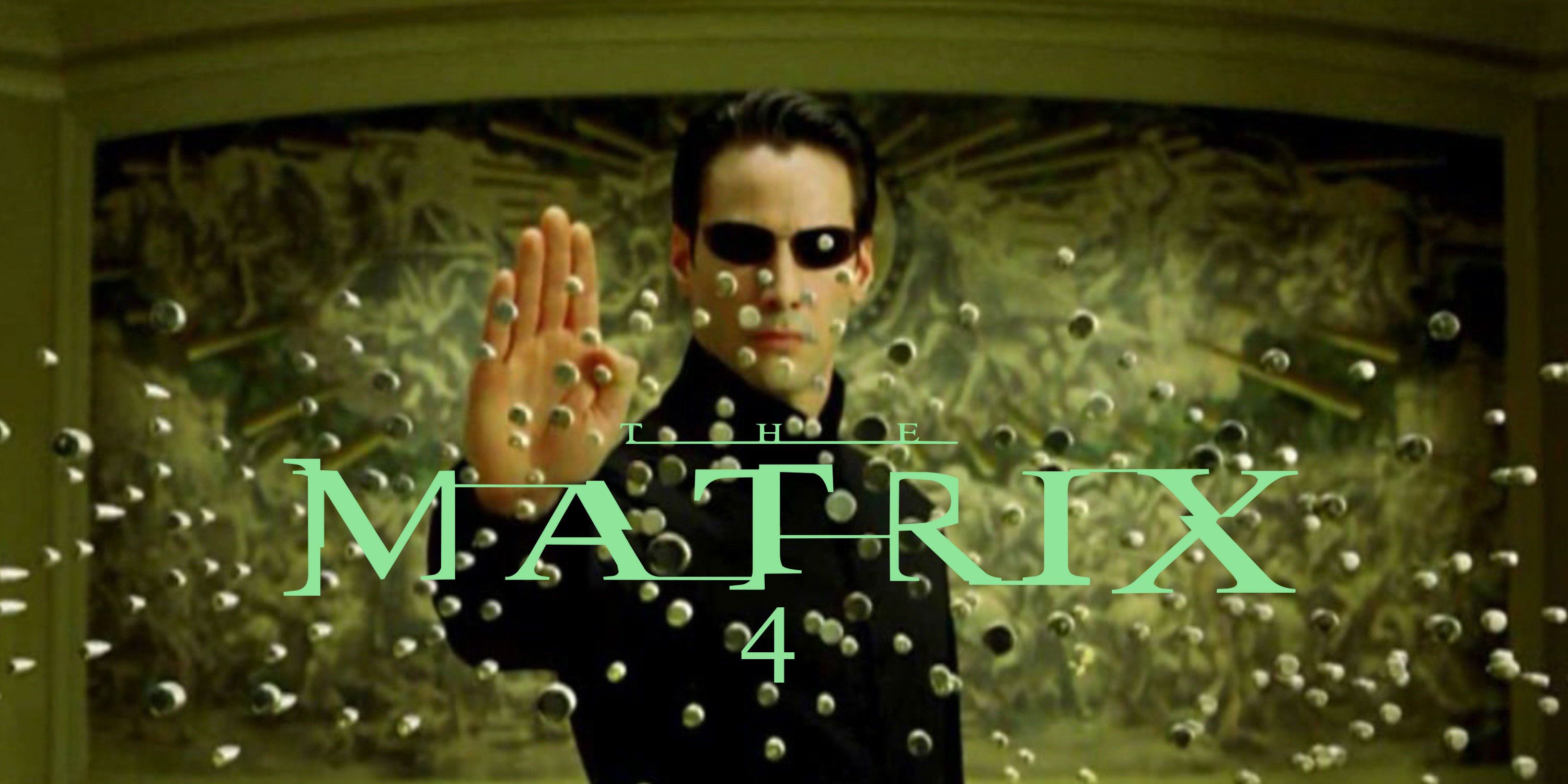
(“Nothing comforts anxiety like a little nostalgia,” Yahya Abdul-Mateen II’s Morpheus says.) Resurrections is messy and imperfect, too, often eschewing easily digestible plotting in favor of an ambitious eccentricity, a reminder that bombastic storytelling is best translated by artists who are willing to fail. Much of the first act works to actively critique nostalgia for nostalgia’s sake, and how it is exploited by those in control, whether machine overlords or Hollywood studios. Instead, it feels emotionally expansive and intellectually sly. Playing with ideas of memory and nostalgia could have led Resurrections to have a self-satisfied, airless quality. Wachowski builds on what of the greatest and most singular aspects of the original trilogy: its queerness. After decades of audiences attempting to slot the franchise into one category of interpretation or another, the film argues against any imagined binary to show that beauty is found between such extremes. The world has changed dramatically since Neo first bent out of the way of incoming bullets, and yet The Matrix Resurrections easily makes a case for its own existence. It is impossible to overstate the influence of the previous three movies - particularly 1999’s The Matrix - on American culture, launching “red pill” into dark internet circles, prompting the kids I grew up with to nonchalantly wear latex and leather in the Miami heat, forcing action films of its time to claw upward in the direction of the Wachowski sisters’ cyberpunk-inflected aesthetic, which itself pulled from a wild array of influences. Teetering between a meta-reckoning with the legacy of the first trilogy and a sincere blooming of a whole new story that feels boldly romantic, Lana Wachowski’s first solo feature is a thrilling triumph. And yet here is Lana Wachowski, pushing back against the tired form and offering audiences something fresh, curious, and funny as hell.

A universe in which imagination has curdled into what can most easily be bought and sold.

This is the cinematic reality into which The Matrix Resurrections enters, over 20 years after its original incarnation debuted in 1999: A universe laden with sequels and reboots and constantly updated IP. Maybe it’s difficult to identify an ideal blockbuster in contemporary Hollywood, drawn as it is to weak craft, characters with little interior dimension, and an understanding of representation that reduces gender, race, and sexuality to items on a marketing checklist rather than world-building attributes of a story.

With swift and bright characterization, it allows actors to operate in a grander register, aching to fill the space of dizzying visual landscapes around them.
The matrix 4 movie#
After all this time, what does the blockbuster have left to offer? At its platonic ideal, a big-budget, mass-marketed movie induces pleasure.


 0 kommentar(er)
0 kommentar(er)
